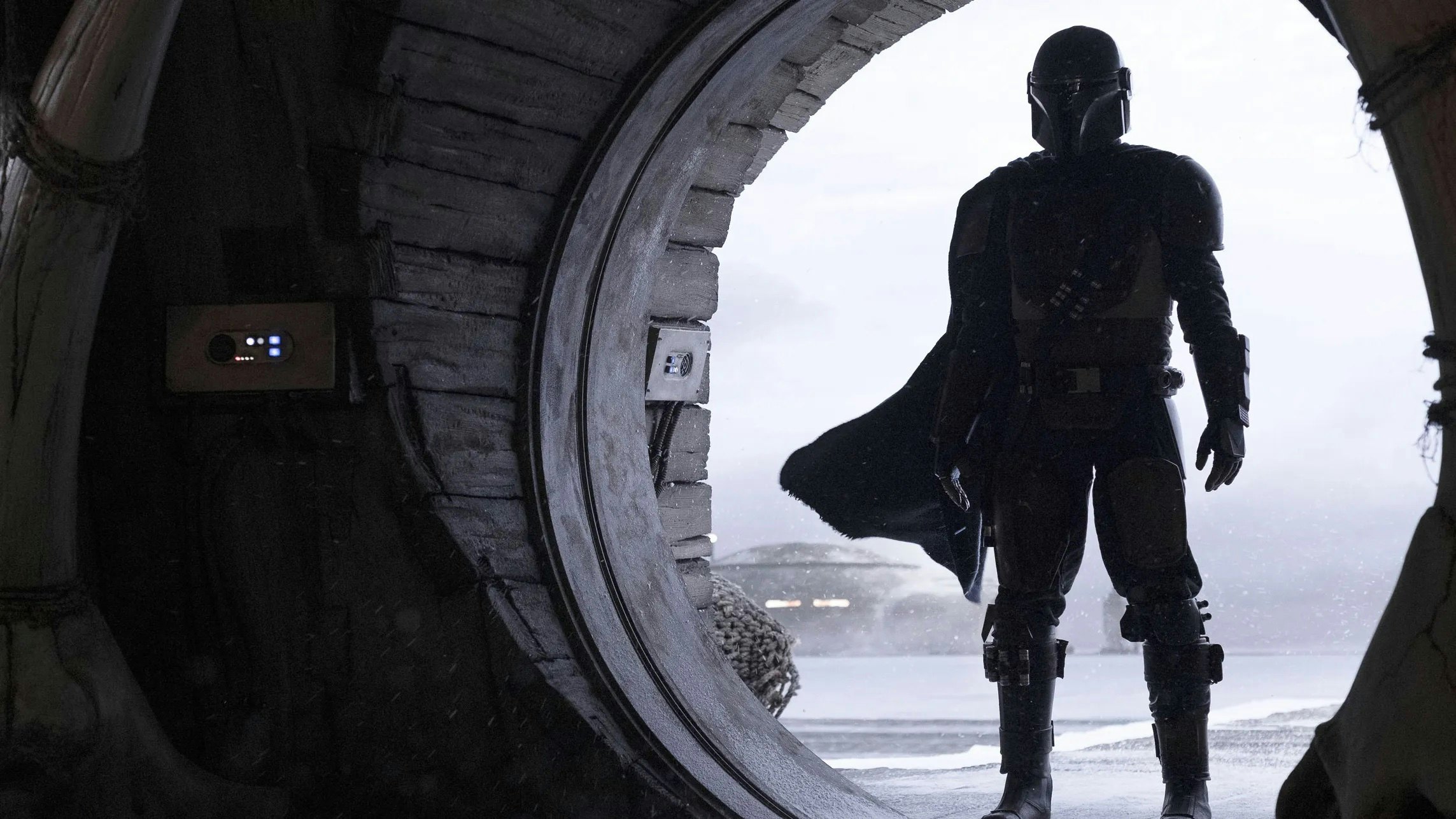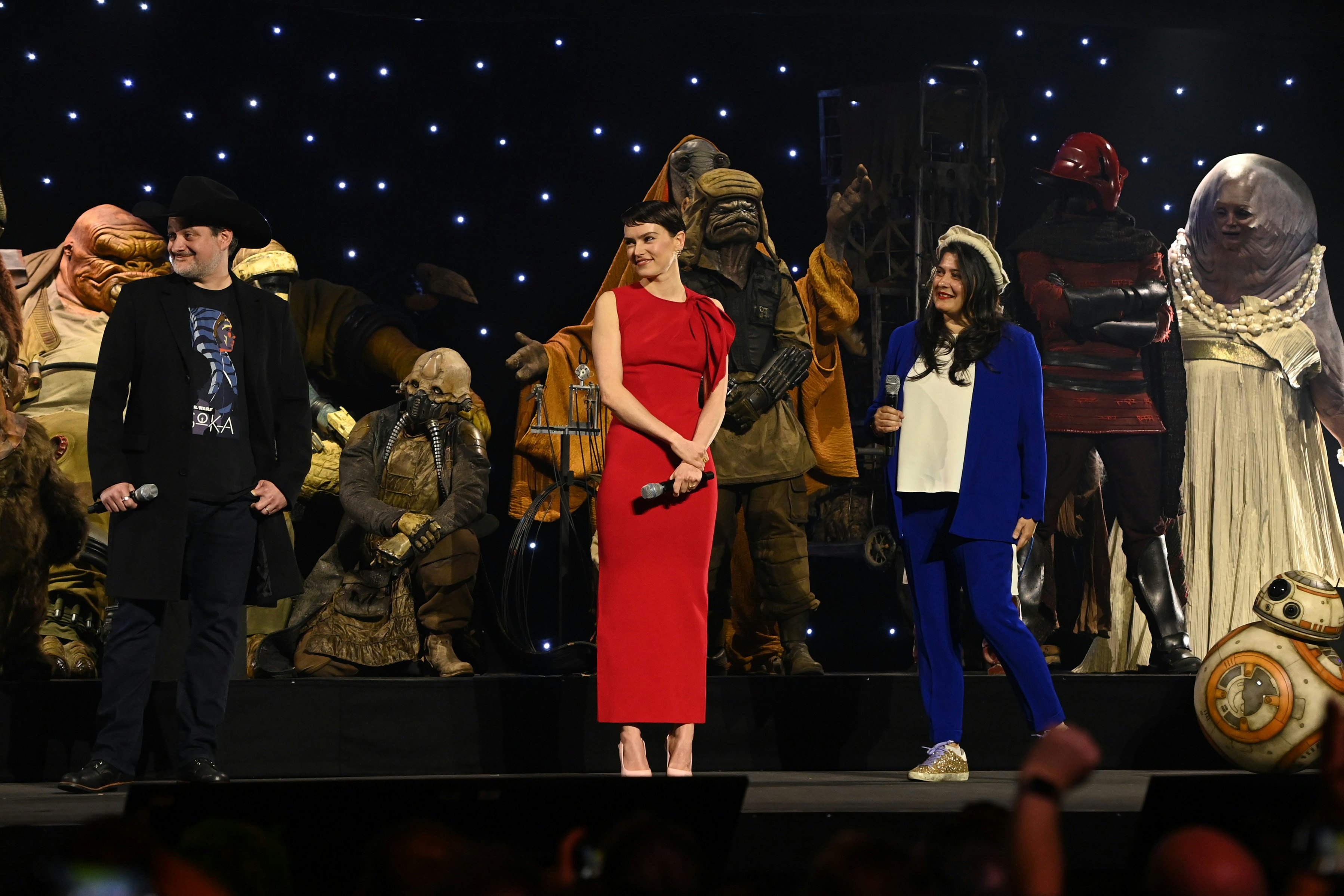
Another day, another rumor of a Star Wars project being delayed or perhaps even shut down entirely. According to a tidbit from industry insider Daniel Richtman, Lucasfilm will not be shooting the Rey-centric film Star Wars: The New Jedi Order this year, and that the project is reportedly “on hold,” until the script shakes out. Like all Star Wars rumors, we should take this with a Sarlacc-sized grain of salt, because there has been no confirmation one way or another on when this movie would start production. A movie can’t be delayed if its release timeline was never really made clear.
However, it’s been a full year since Star Wars Celebration 2023 revealed the existence of Daisy Ridley’s Rey movie, and recently, the only Star Wars film to get an actual release date is The Mandalorian & Grogu, which is currently filming and scheduled to hit theaters on May 22, 2026. But, according to Daisy Ridley as recently as September of this year, she hasn’t seen an actual script for New Jedi Order, though she has stressed that the idea pitched to her is a “story worth telling.”
While we don’t know what that story is yet, the last decade of new Star Wars projects has taught us something about the state of the Force: Legitimate sequels — stories that push Star Wars forward in its chronology — seem to be the hardest thing for the franchise to pull off. But why?
Star Wars has few actual sequels

Of the 11 theatrically released live-action Star Wars films, only five are true sequels in a chronological sense. When we broaden that scope to include other Star Wars movies — like the non-canon Ewok films and the first Clone Wars animated movie — we’re also dealing with stories that take place in a preexisting chronology. If you zoom out even more and factor in all the different TV series, you’ll find that all of those shows live in the gaps between events in the three film trilogies. Yes, Obi-Wan Kenobi is a sequel to Revenge of the Sith, but it's also a prequel to A New Hope, and a midquel between those two trilogies. Ditto The Mandalorian and Ahsoka. You could perhaps view Ahsoka as a kind of sequel to Mando and Rebels, but Mando is a midquel and Rebels is very much a prequel.
In fact, the release of The Force Awakens was positively transgressive in 2015 simply because it was a plain-old sequel, the first of its kind since 1983. And other than The Last Jedi and The Rise of Skywalker, precisely zero other new Star Wars projects since then — from Rogue One to The Acolyte to the upcoming Skeleton Crew — have been sequels. Everything released in the Star Wars pantheon now is wedged into the existing timeline, including the next film, The Mandalorian & Grogu, which takes place in between Return of the Jedi and The Force Awakens; hence the awkward, CGI de-aged Luke Skywalker in Mando Season 2 and The Book of Boba Fett, not to mention Ahsoka clumsily sending C-3PO to do Princess Leia’s bidding in Ahsoka. All contemporary Star Wars projects hover at the edges of the familiar, content to create sideways continuity and new points-of-view, rather than move the story forward.
The Rey movie is the only hope

As it stands, Sharmeen Obaid-Chinoy’s New Jedi Order is the only major Star Wars project that takes place in a future beyond the events of The Rise of Skywalker. Whether or not we’ll eventually get the movie that Obaid-Chinoy and Kathleen Kennedy pitched to Daisy Ridley is unclear, but some kind of sequel to Episode IX is crucial. From a storytelling point-of-view, Star Wars has become more reliant than most big franchises on its own past continuity. There has never really been a true Star Wars reboot, meaning the aesthetics, canon, and various rules of its universe are strangely confining. A sequel, in which the rules of the Force, the future of the Jedi, and the state of the galaxy are wide-open is inherently exciting.
It’s also just healthy from a narrative standpoint. While The Force Awakens was a positive step into a new kind of Star Wars future, the storytelling also reverted the state of the galaxy back to a similar status quo of the original trilogy: the Resistance versus the First Order wasn’t too different than the Rebellion versus the Empire. A sequel that is set after all of that, which is focused on Jedi in a new age is exciting simply because we can’t really predict yet where that story will take us, or how it will feel.
Star Wars needs to be brave and innovative if it is going to survive. Certainly, The Acolyte and Andor have given us elements of innovation and exciting new takes on pre-established events. Yet, these complex shows still deal with the past. Star Wars needs to take its focus off its beloved scared timeline and break new ground in the future. We need Star Wars to do what Kylo Ren told us was imperative: let the past go.







